The rook moves vertically and horizontally on the chess board.
You can view it as moving in a plus (+) manner.
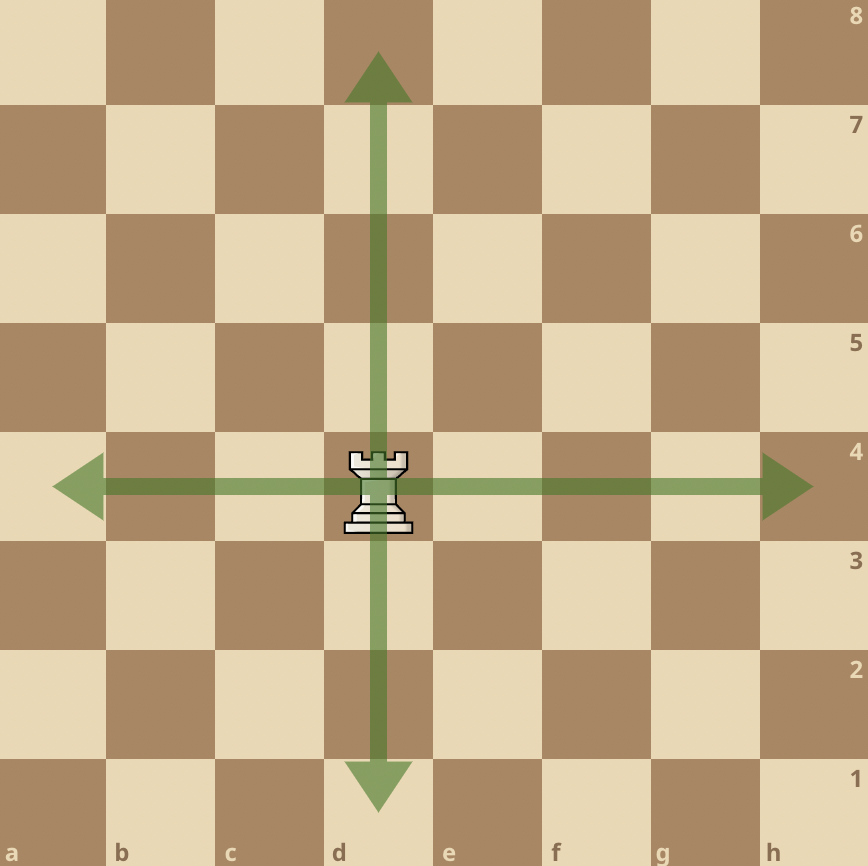
From the image above, we can see that the White rook on d4 square can move to any other square on the fourth rank or on the d-file.
Rook Placement On The Chessboard
The White rooks start on a1 and h1 squares, while the Black rooks start on the a8 and h8 squares.
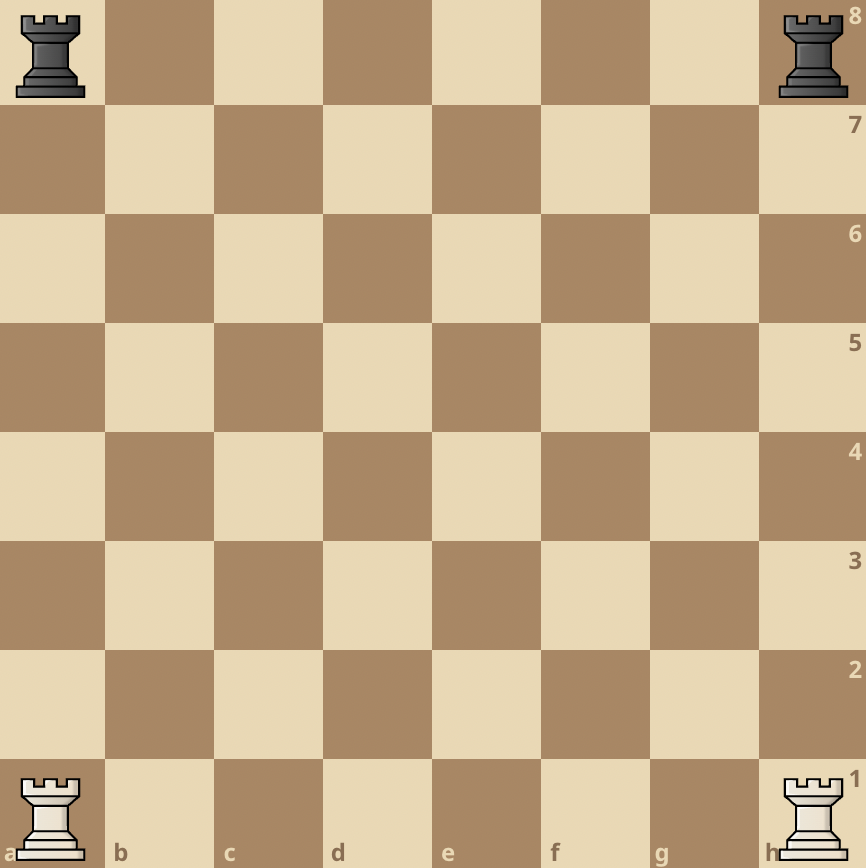
Know that the rook may capture an enemy piece by moving to the square on which the enemy piece occupies, taking away the enemy piece and firmly planting itself there.
The rook also combines with the king to perform a technique called Castling. Castling is a special move where a player moves his king two squares on the board toward a rook on the same rank and moves the rook to the king’s other side.
Read more here:
- How To Castle In Chess?
- The Queenside Castle: King Safety Explained
- Rook or Castle: Which Name Is It?
- Can You Castle After Being Checked?
Now, understand that the rook cannot jump over pieces; only the knights possess such ability.
Value Of Rooks In Chess
The rook is worth 5 points.
In general, rooks are stronger than bishops or knights. Bishops and knights also known as minor pieces have 3 points each.
Two rooks are also generally considered worth more than a queen by 1 point (a queen is 9 points).
Winning a rook for a bishop or knight is winning the exchange, but in some instances, your opponent might deliberately exchange his rook for your minor pieces. This is a thematic move known as the exchange sacrifice.
Learn about that here: What Is the Exchange Sacrifice in Chess?
Development Of A Rook
In the opening, the rooks are very inactive as they are blocked in by other pieces and cannot immediately enter the game.
Therefore, the best course of action is to connect the rooks on the first rank by castling and then move all other pieces except the king and rooks from the first rank.
In that position, the rooks can support each other and easily move to occupy and control the best files.
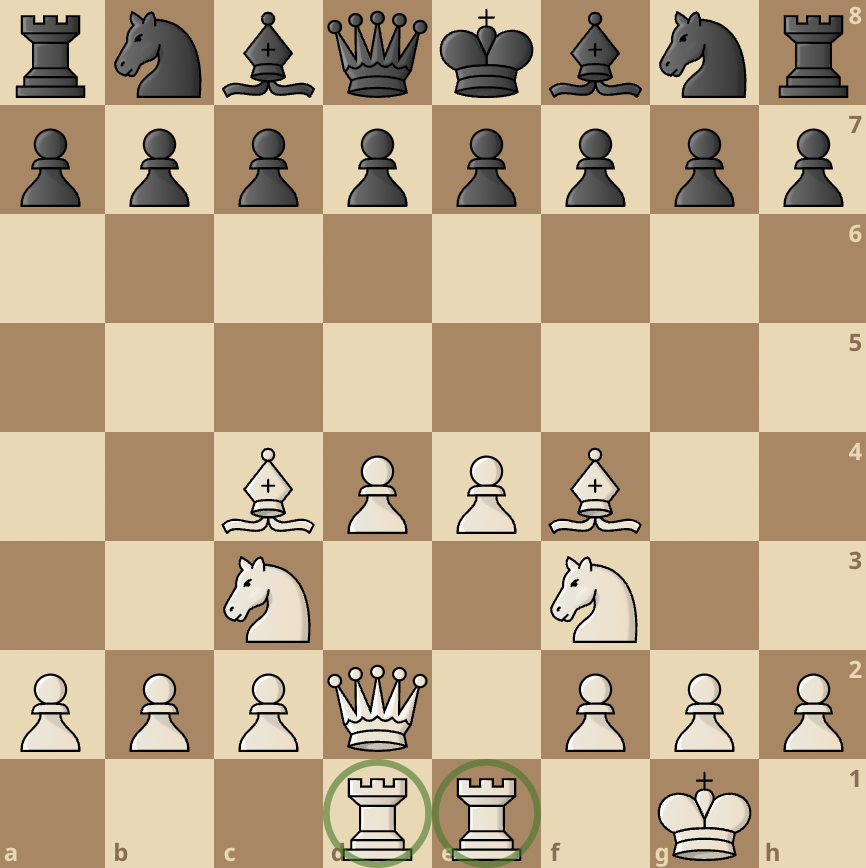
Rooks in The Endgame
Rooks become very powerful pieces towards the endgame. This is because they have a wider range of mobility.
They are also very effective in delivering checkmates.
Here are some ways in which the chess rook moves to deliver checkmate:
Blind Swine Mate
The Blind Swine Mate pattern’s name is attributed to Polish master Dawid Janowski who referred to doubled rooks on a player’s 7th rank as “swine.”
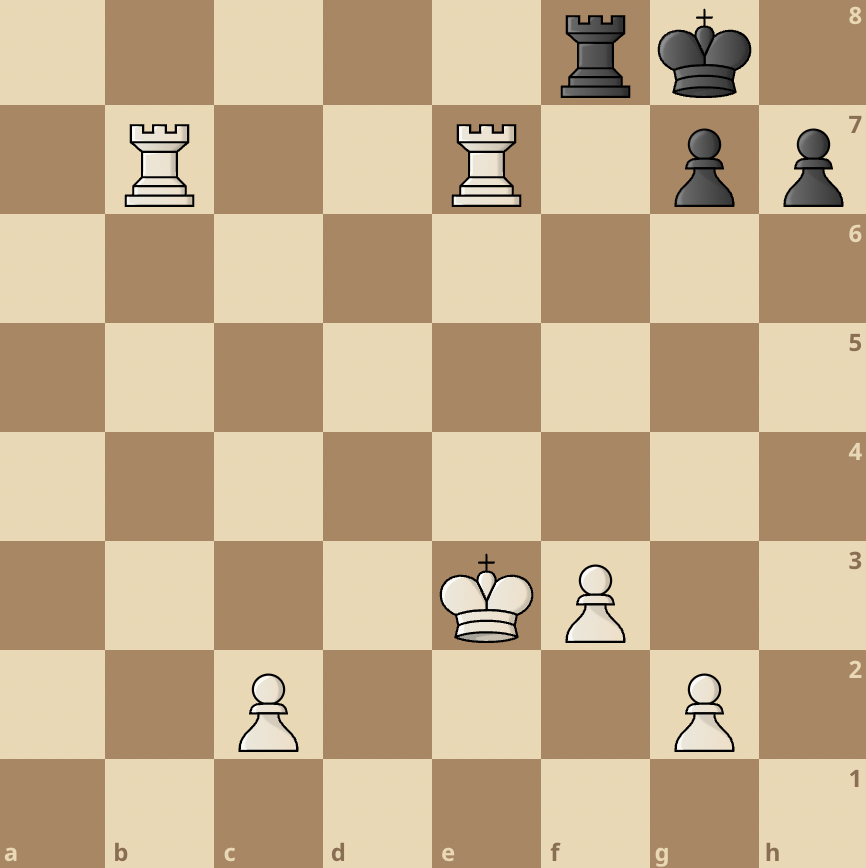
In the image above, White can force checkmate with the following moves: 1. Rxg7+ Kh8 2. Rxh7+ Kg8 3. Rbg7#
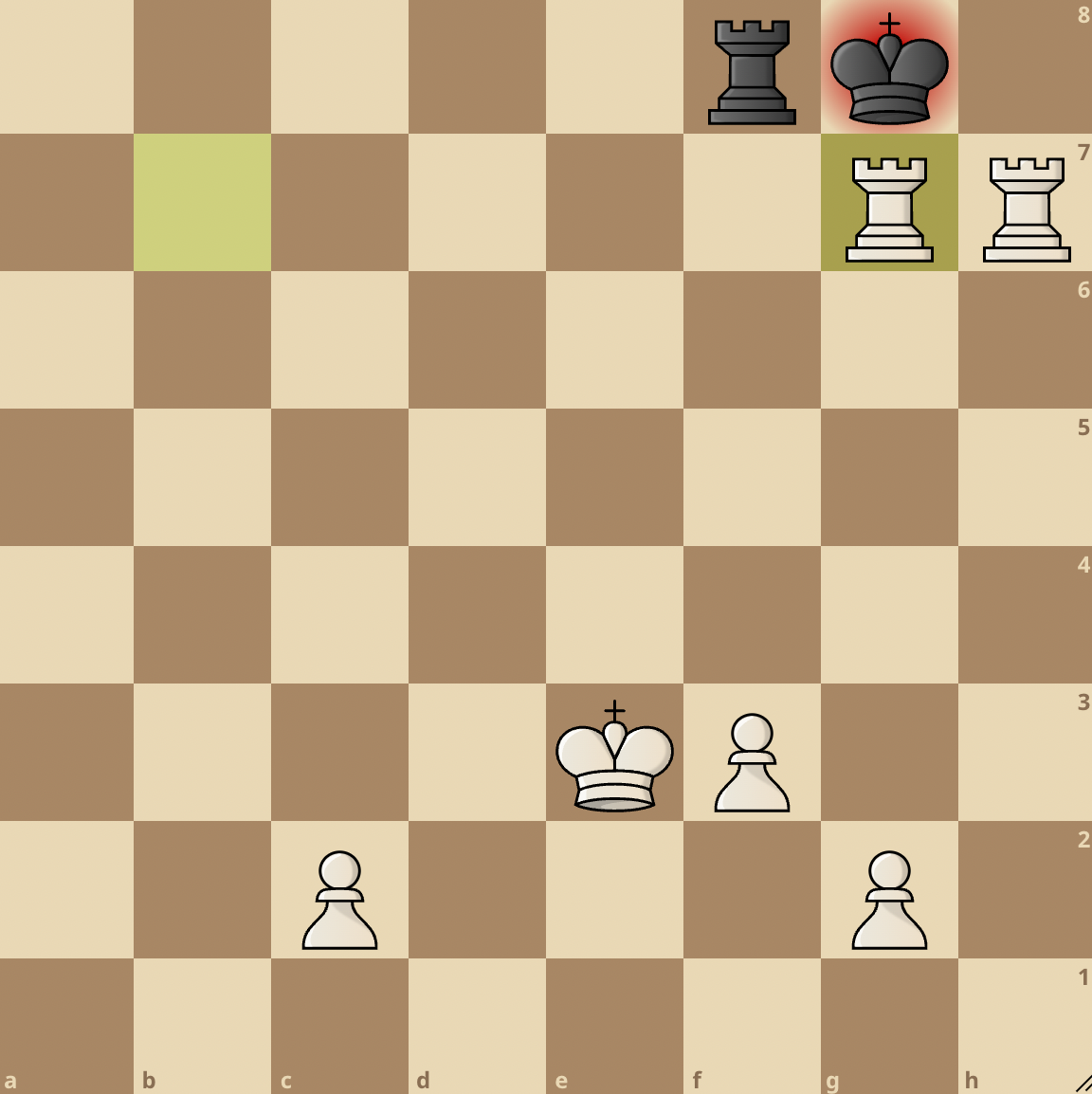
Back-Rank Mate
The back-rank mate occurs when a rook or queen delivers checkmate to a king blocked in by its pieces (usually pawns) on the first or eighth rank.
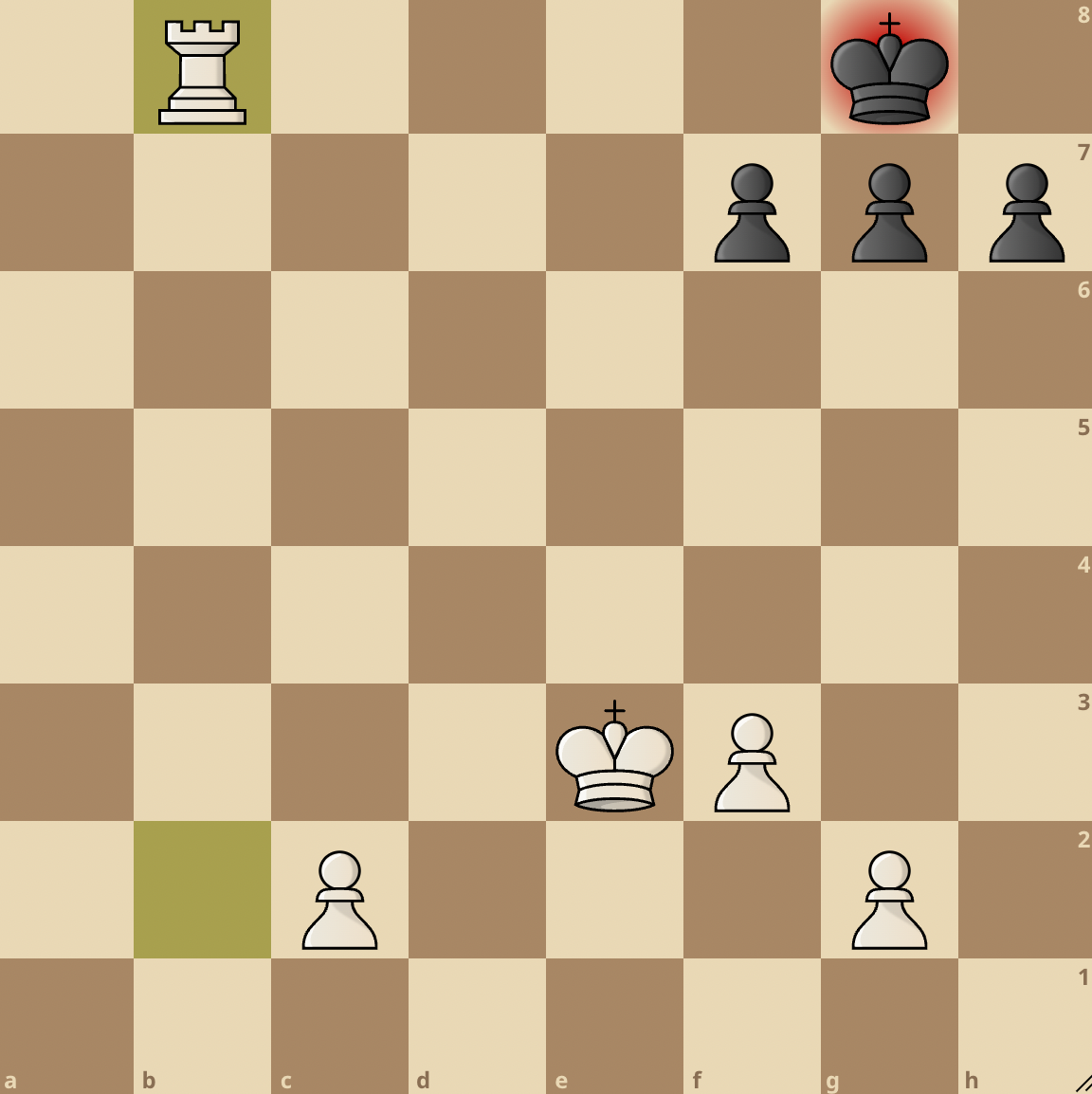
King And Rook Checkmate
This kind of checkmate is achieved by combining the king and rook.
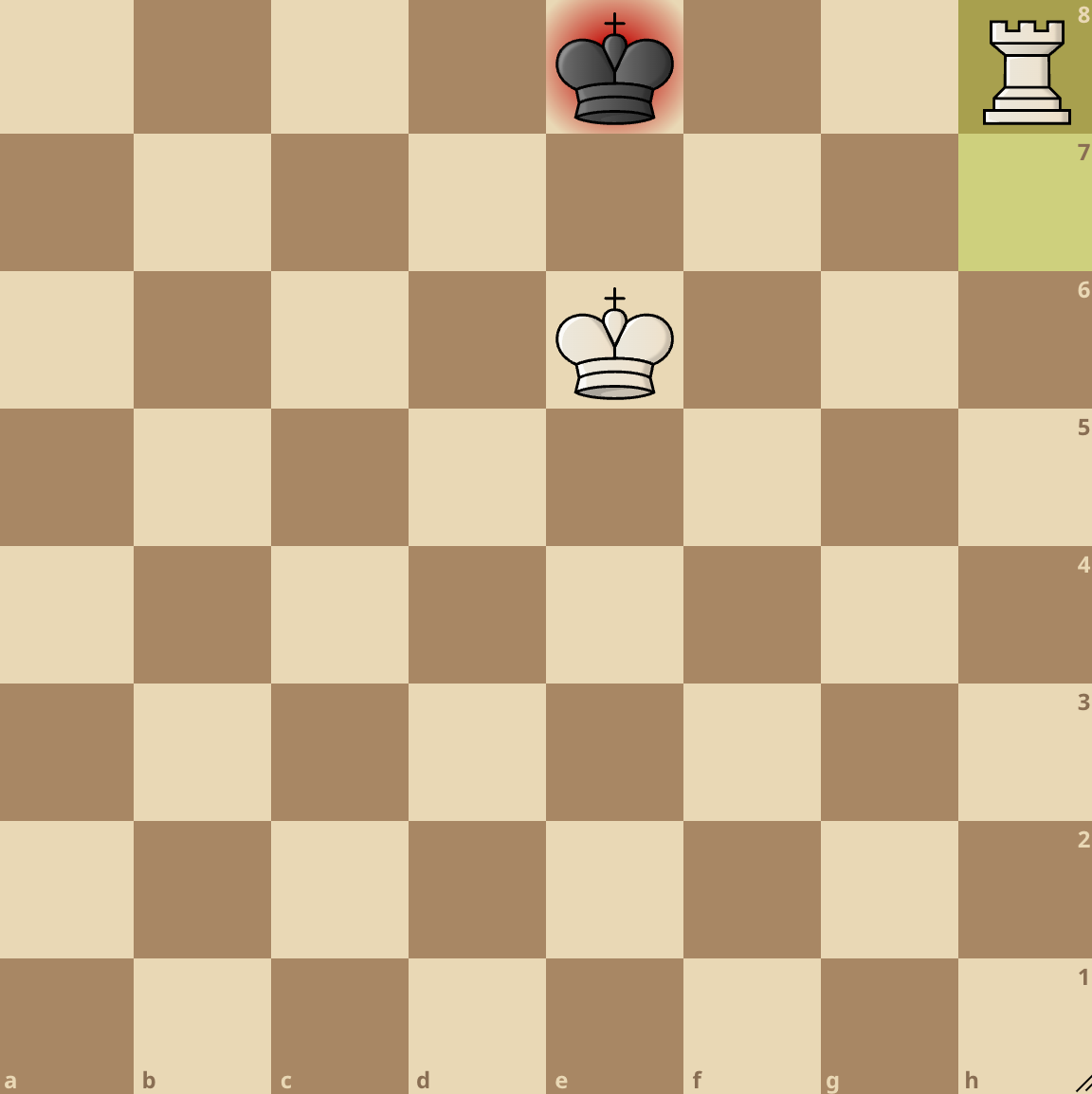
Ladder Mate
A ladder mate is done when two rooks work together to cut off an enemy king from the game and ultimately checkmate him.
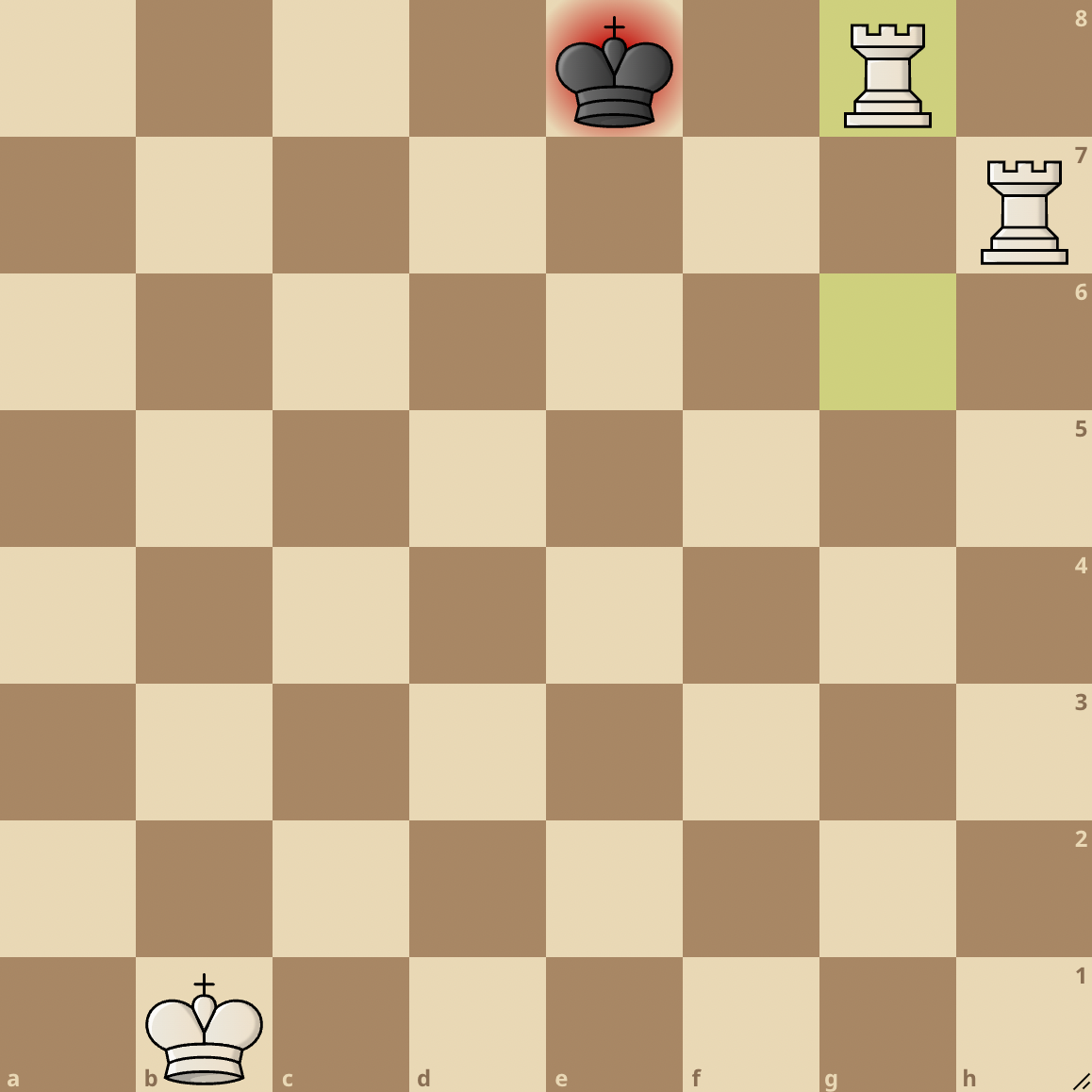
You can read more in our guides:



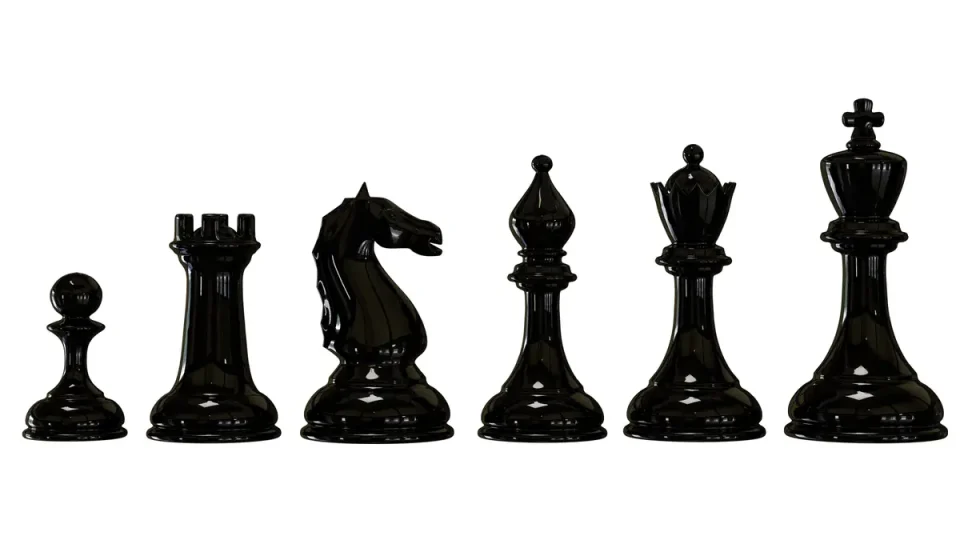
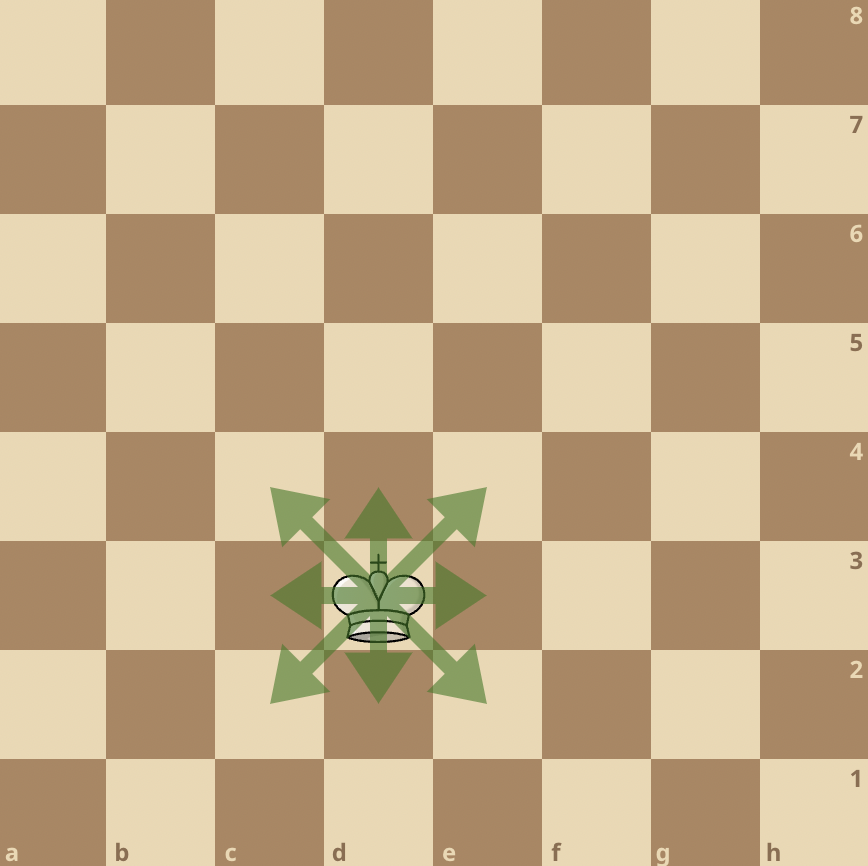
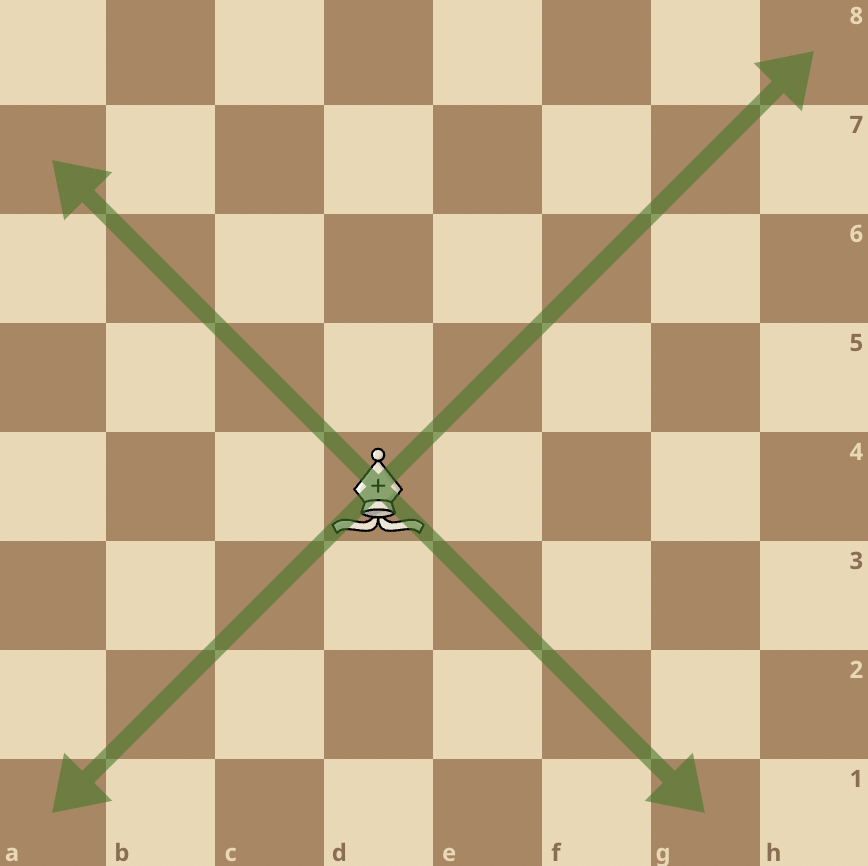
join the conversation